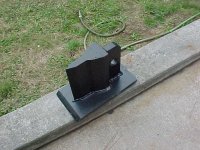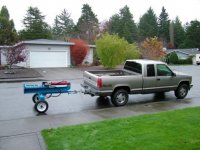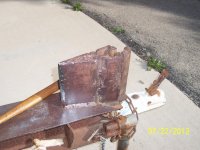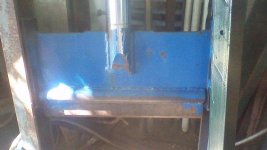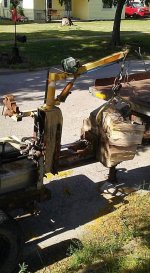Lanza
Aluminum
- Joined
- Jun 22, 2007
- Location
- Western Australia
Hello,
Has anyone got any information on log splitter blade angles for wood? I am using a piece of grade 300 flatbar.
Has anyone got any information on log splitter blade angles for wood? I am using a piece of grade 300 flatbar.



